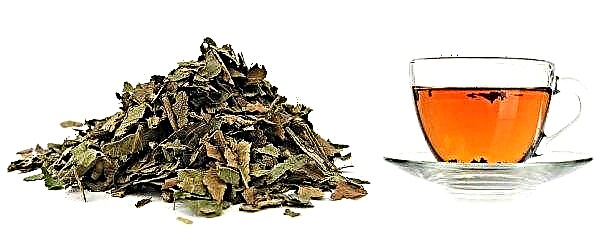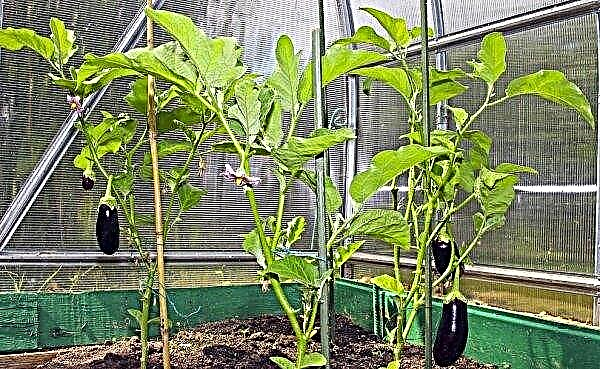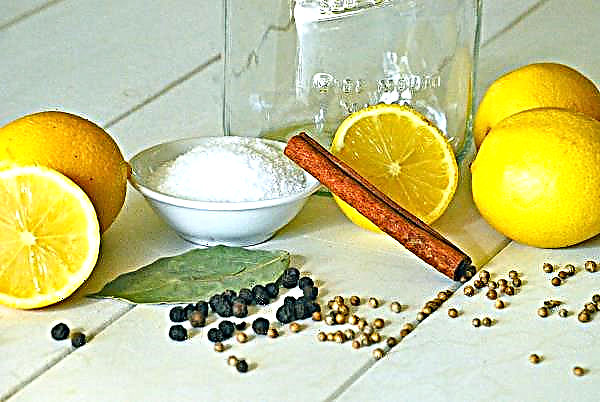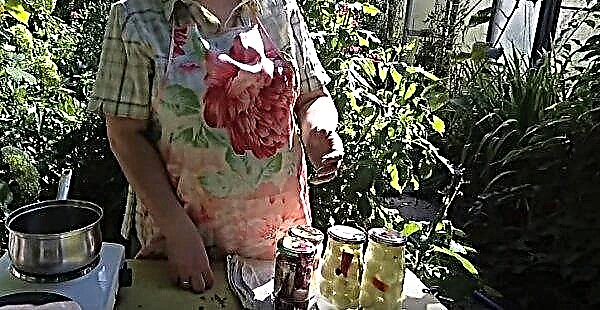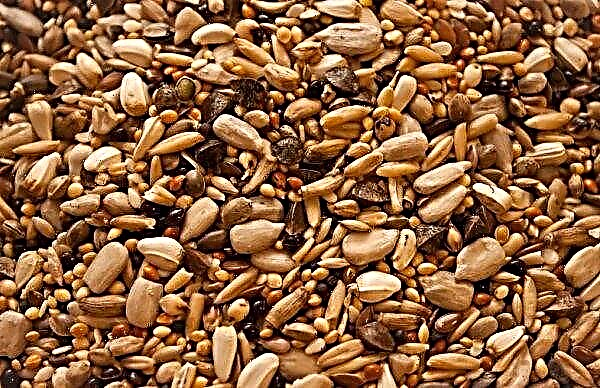One of the significant problems that plant growers encounter when growing orchids is decay of the root system. The main causes of this pathological process and methods of resuscitation of plants will be discussed below.
Why Orchids Root Rot: The Main Reasons
There are several factors leading to rotting of the root system of orchids, which are mainly associated with a violation of microclimatic conditions and rules of care:
- excessive watering;
- improper lighting;
- unsuitable soil;
- fungal diseases or pests.
Important! After buying the plants, after 1 month, they must be transplanted. In stores, flowers are sold in substrates designed to maintain the marketable appearance of orchids, but not suitable for constant growth.
Excessive watering
The soil intended for orchids is characterized by the ability to retain moisture in itself, which, when abundantly moistened, leads to the appearance of mold. Watering under the root also does not benefit plants. It must be produced by immersing the pot with the plant in a container filled with water for 20 minutes. Then the pot should be transferred to a permanent pan, and when excess fluid drains - drain the pan. The next watering is carried out after the substrate is completely dry.
It must be produced by immersing the pot with the plant in a container filled with water for 20 minutes. Then the pot should be transferred to a permanent pan, and when excess fluid drains - drain the pan. The next watering is carried out after the substrate is completely dry.
Incorrect lighting
Orchids are epiphytes. This means that not only the terrestrial part of plants, but also the rhizome is involved in photosynthesis. Therefore, they need enough diffused light.
Together with improper watering, a lack of lighting leads to the fact that the rhizome absorbs moisture, but loses the ability to transport it to the ground. Accordingly, stagnation of moisture in the roots leads to their decay.
Unsuitable soil
An improperly selected substrate also causes root decay. To maintain the normal functioning of the plant, the rhizome needs contact with oxygen. Too dense substrate, in which peat and a large amount of wood dust are added, does not let air through, and this causes pathological processes in the roots. The soil for orchids should consist of small wood fractions 1 × 1 or 2 × 2 cm in size.
However, even if the soil is selected correctly, you need to monitor its quality as the plants develop. The tree bark crumbles a lot, which eventually leads to compaction of the substrate, so timely orchid transplantation is so important.
Fungal diseases or pests
Fungal spores and pests appear in a waterlogged or not previously disinfected substrate. In the process of their life, fungi and pests damage the roots, reducing the plant's ability to regenerate. As a result, rot begins.
Other reasons
In addition to the above factors, the reason that the orchid root disappears may be:
- Mechanical rhizome damage during transplantation - This leads to infection of plant tissues by pathogenic microorganisms.
- Excess nutrient in the substrate - causes a rhizome burn.
How to identify a problem?
It is possible to determine that the plant began to rot roots, according to such external signs:
- plants poorly develop or completely stop their growth;
- leaves change pigmentation, acquiring a lighter shade right down to yellow;
- brown spots are observed on the leaves;
- buds crumble;
- the plant loses resistance, staggers in the substrate.
What to do and how to reanimate an orchid?
If there are signs of root rot, plants need urgent resuscitation. To understand how to save an orchid, you first need to remove it from the old substrate and assess the intensity of the damage.
Using a carefully processed alcohol, sharpened tool, all damaged areas must be removed and the sections treated with a powder mixture consisting of the following ingredients:
- 4 g "Kornevin";
- 4 g crushed activated carbon;
- 2 g of "Fundazole".
Next, you need to act on the situation:
- If most of the healthy root processes have been preserved, transplantation into a new substrate and ensuring proper care are required.
- If, after trimming, it is difficult to determine the degree of spread of putrefactive processes, preliminary drying is necessary.
- If necessary, build up a new root system of the plant should be placed in a mini-greenhouse.
By transplanting into a normal substrate
In addition to the affected parts of the rhizome, leaves that have changed pigmentation and lost their density are subject to removal. Healthy leaves cannot be removed - they will play the main role in plant nutrition during the regeneration of the root system.
Next, plants need to be placed on a paper towel in a well-lit room and dry the roots. After 3-4 hours, re-evaluate the state of the root system. If yellow patches appear, they need to be removed and the sections treated with a mixture of the rooting agent with Fundazole again.
After all these manipulations, you can place the plant in a new substrate, picking up a pot of small diameter, about 6-8 cm. It is best to purchase a ready-made substrate for orchids. To increase the hygroscopicity of the soil, add 200 g of wood ash, 2 g of succinic acid to it. Having placed the plant in a pot, begin to sprinkle the roots with a substrate, alternating it layer by layer with sphagnum moss.
The first 7 days after the transplant, refuse to water the plants and set the pot in a well-lit room. Provide sufficient fresh air to avoid draft. Maintain air temperature within + 25 ° С.
Did you know? Wild varieties of orchids have adapted to mimic the appearance of males of some insects - for example, a fly orchid and a bee orchid. In addition to the appearance similar to insects, they exude pheromones, attracting females to pollinate and continue their genus.
Using regular dryers
If, after removing all the rotten roots, a small part of them about 2 cm long remains, you need to start the process of building them up by alternating the soaking of the root neck in water, a nutrient solution and drying.

Sequencing:
- Fill a glass with water with the addition of the growth stimulator "Epin" at the rate of 1 drop per 1 liter of water.
- Dip the plant in the solution so that only the growth point is in the water, for 2-3 hours.
- For 200 ml of boiling water, add 1 tablet of activated carbon, cool the liquid to + 25 ° C.
- Dry the roots for several hours on a paper towel and place in an activated carbon solution.
- After 24 hours, place the plant in plain warm water (+23 ... + 25 ° C).
- Pour water into a glass as it evaporates.
- Maintain air temperature within + 25 ° С, and air humidity - at the level of 60-70%.
- Once a week, wipe the leaves with a cotton swab dipped in water with the addition of vitamins B1, B6, B12 (dosage - 1 drop per 1 liter of water).
- Once every 2 weeks, replace the vitamin solution with a solution with iron chelate (the dosage is the same).
- Once every 5-7 days, dry for 2-3 hours.
In a mini greenhouse
This resuscitation method is used when the root system is completely rotten and only leafy sockets remain. You can buy a mini-greenhouse in a specialized store or build it from a transparent box by making a large number of drainage holes in its bottom. Then, at the bottom of the tank, lay a 1 cm layer of expanded clay, and sphagnum moss steamed with boiling water over the drainage. A leaf outlet should be placed on this substrate.
Following actions:
- Keep the air temperature within +23 ... + 27 ° С.
- Humidity - 70-90%.
- Watch the length of daylight hours: the optimal indicator is 12-14 hours. If necessary, use phytolamps for illumination.
Wipe as described above with regular drying. Wipe solutions can be used for soaking, replacing watering. Humidification is required after the moss has completely dried. More attention should be paid to maintaining an optimal microclimate.
Important! Reducing the temperature regime in the autumn-winter period, combined with abundant lighting and proper watering, contributes to the transition of orchids to the flowering phase.
When the roots reach a length of 4-6 cm, you can transplant an orchid into the ground.
Prevention of rotting roots
So that there are no relapses of rotting of the roots, it is necessary to provide the plants with proper care:
- Choose only transparent containers for landing with the optimal volume suitable for the root system.
- Make drainage holes not only in the bottom of the pot, but also in the piers.
- Use soil with minimal or no peat content.
- Watering after complete drying of the substrate only by soaking and then draining the pan.
- Do not place plants in a draft.
Orchid is not as picky as it might seem at first glance. Following the simple rules of care, you can avoid decay of its roots and enjoy the flowering of these plants all year round.



